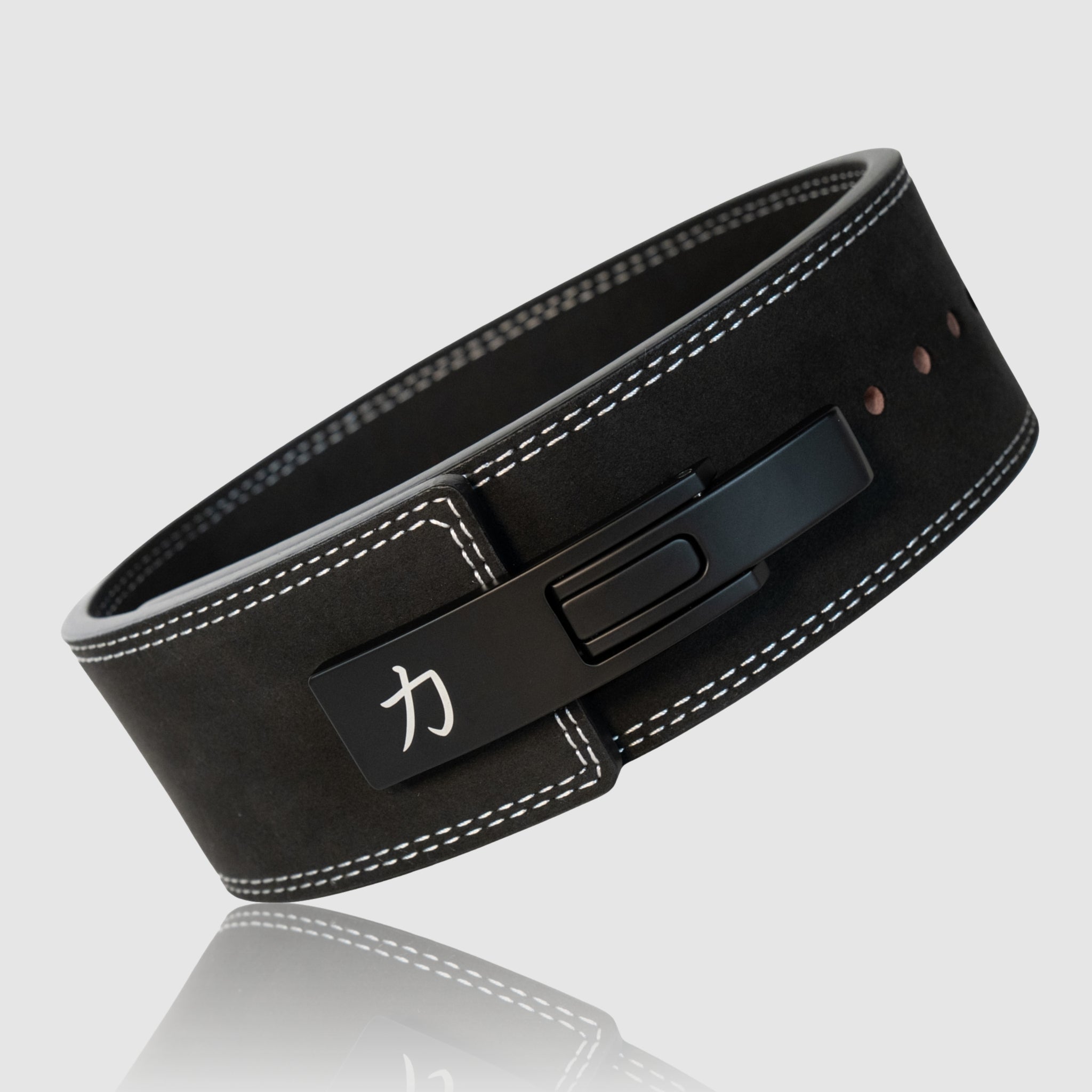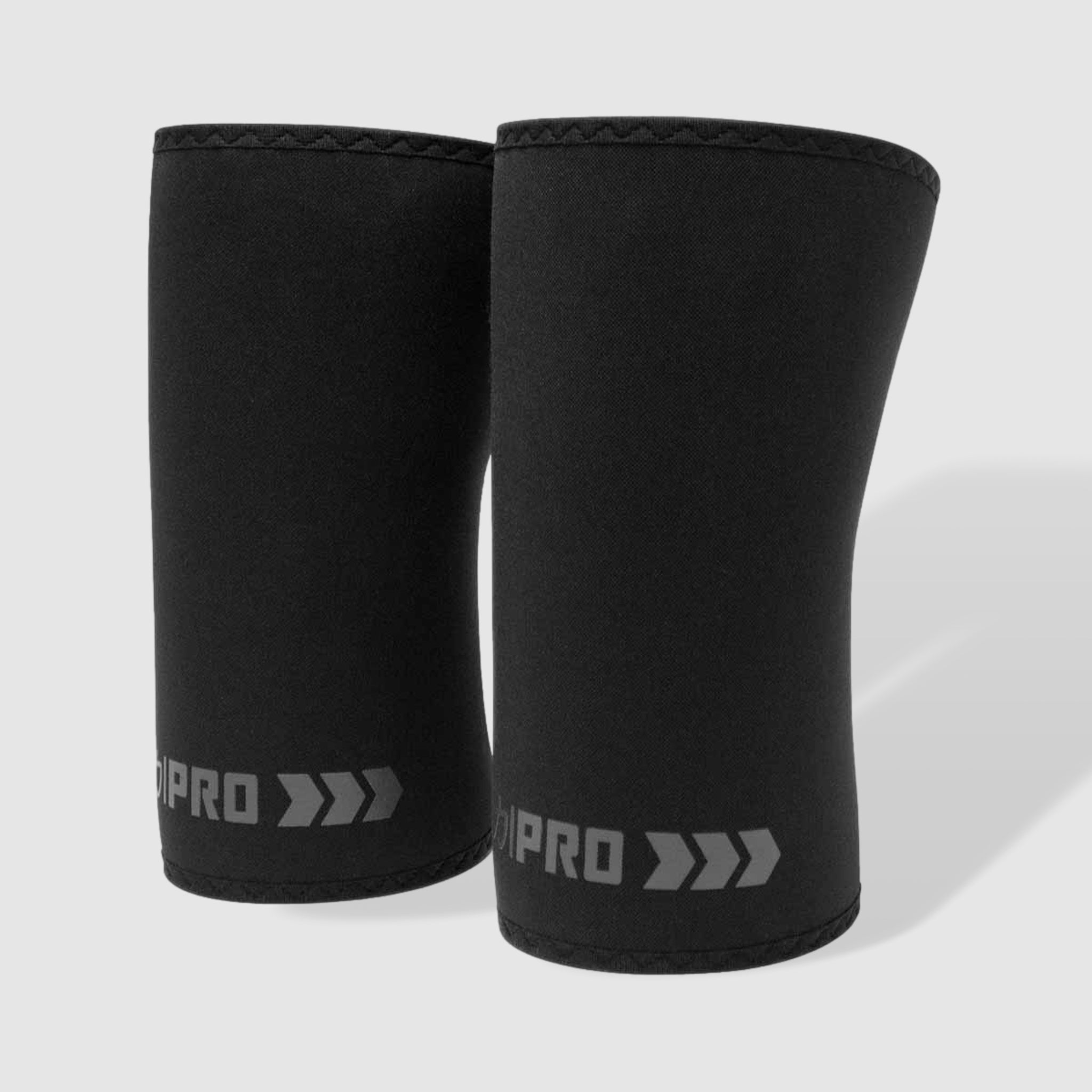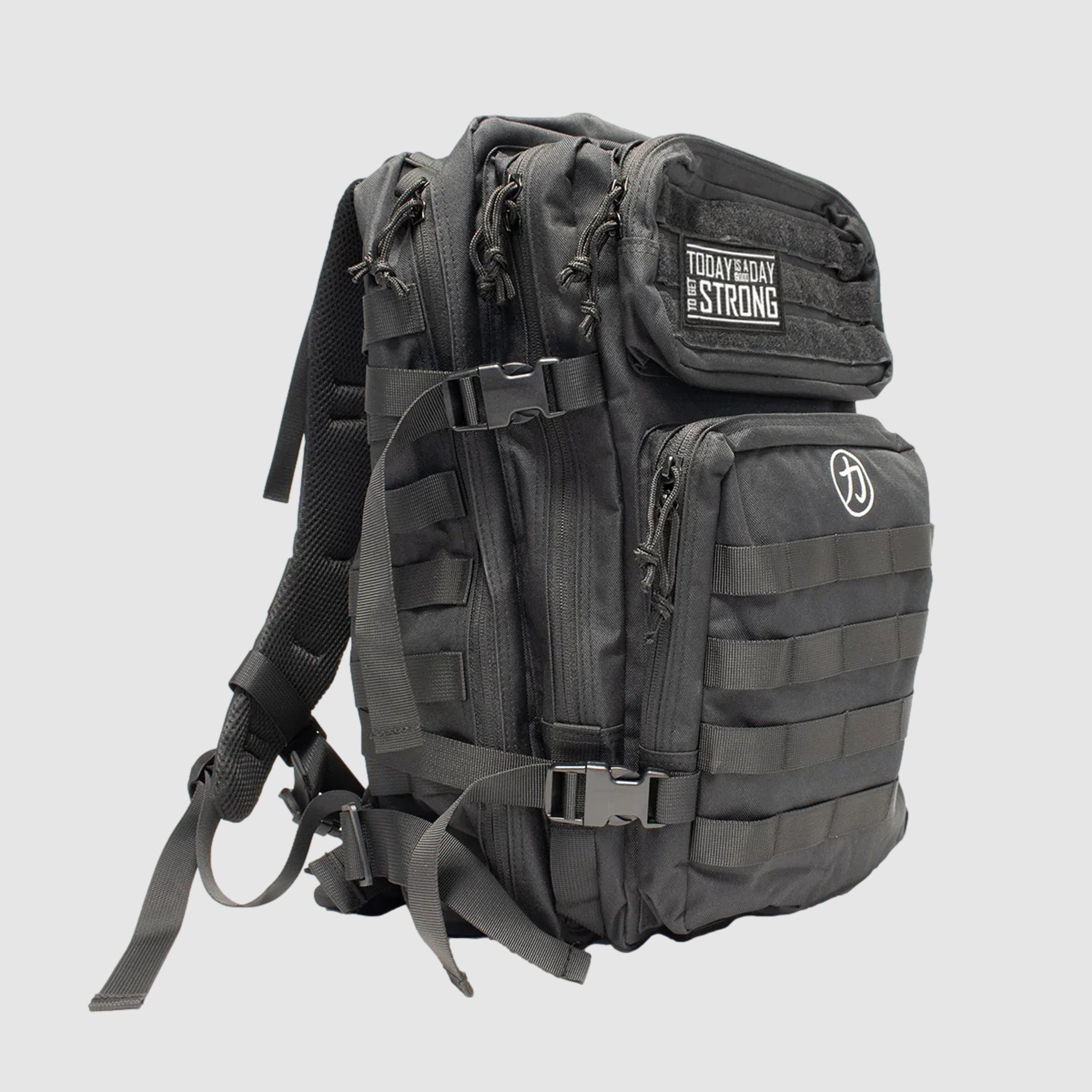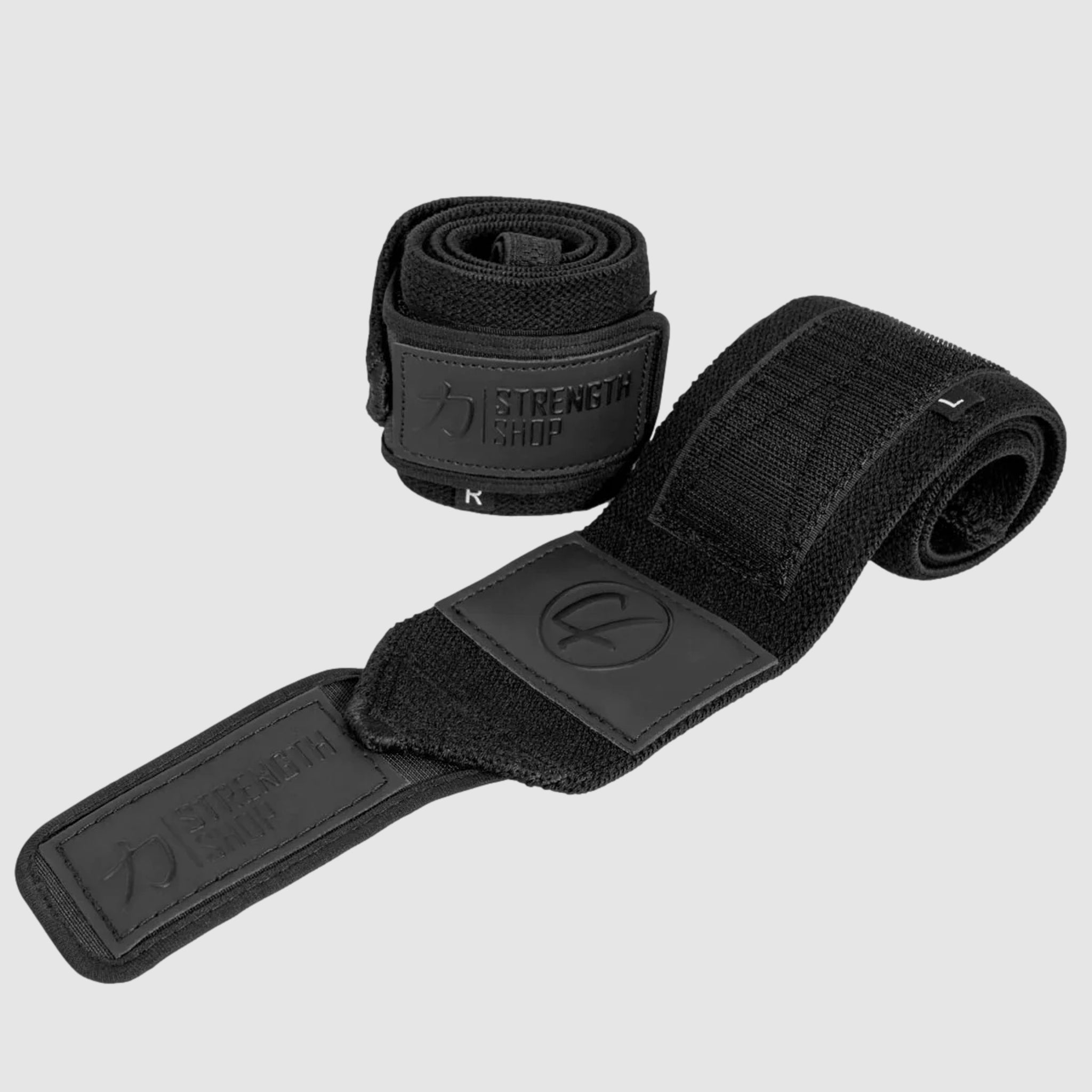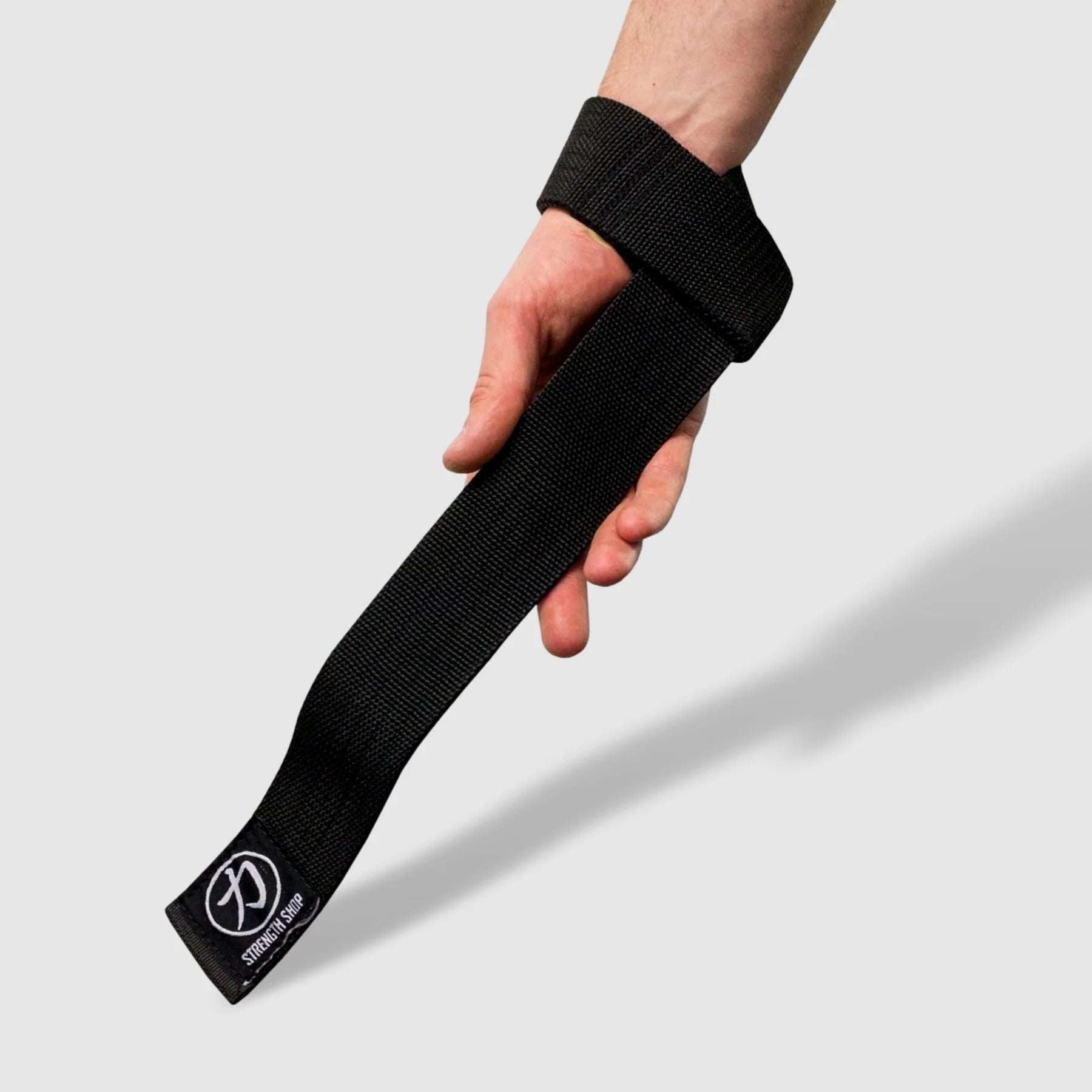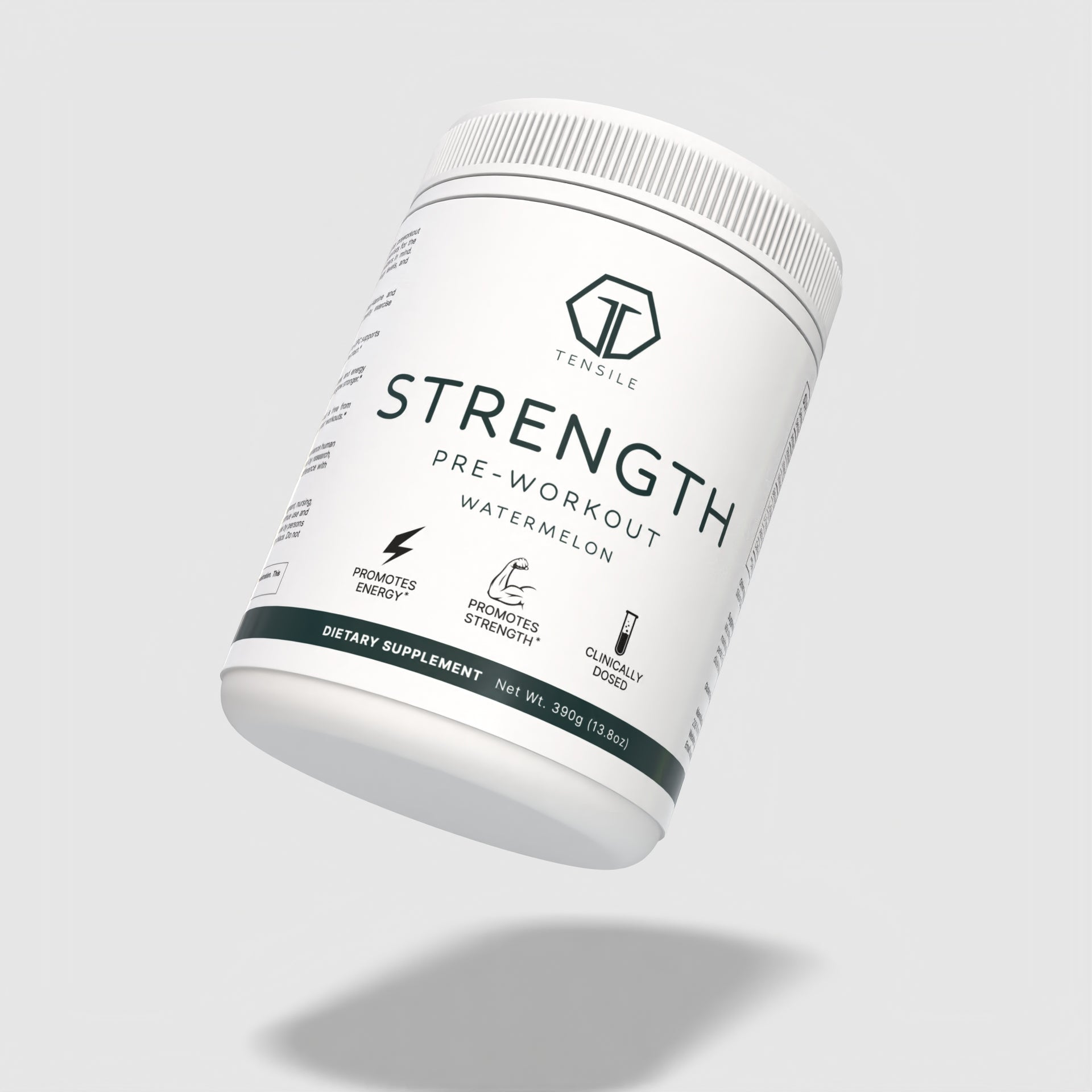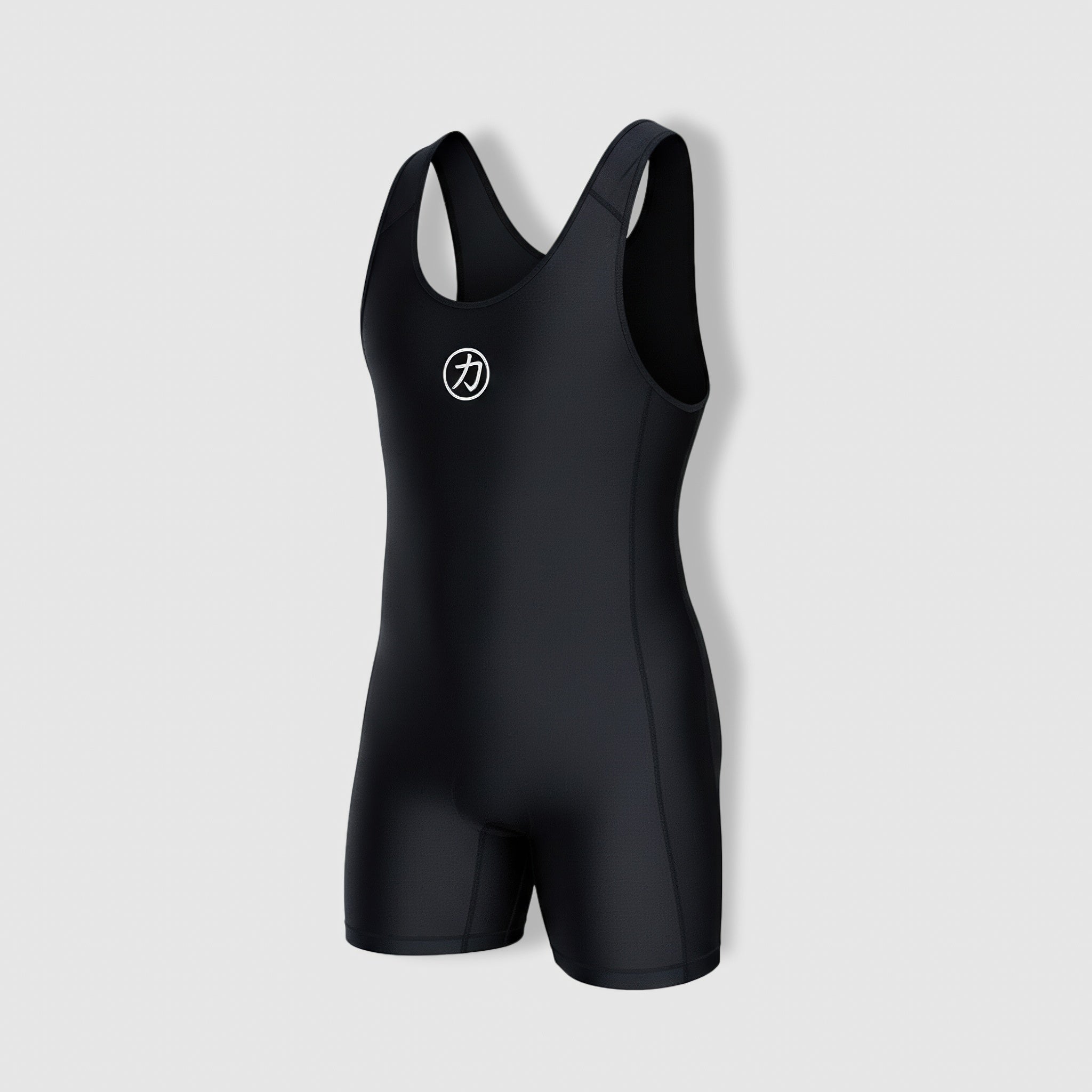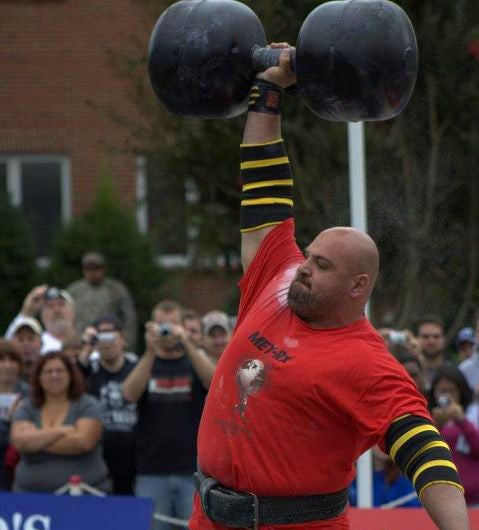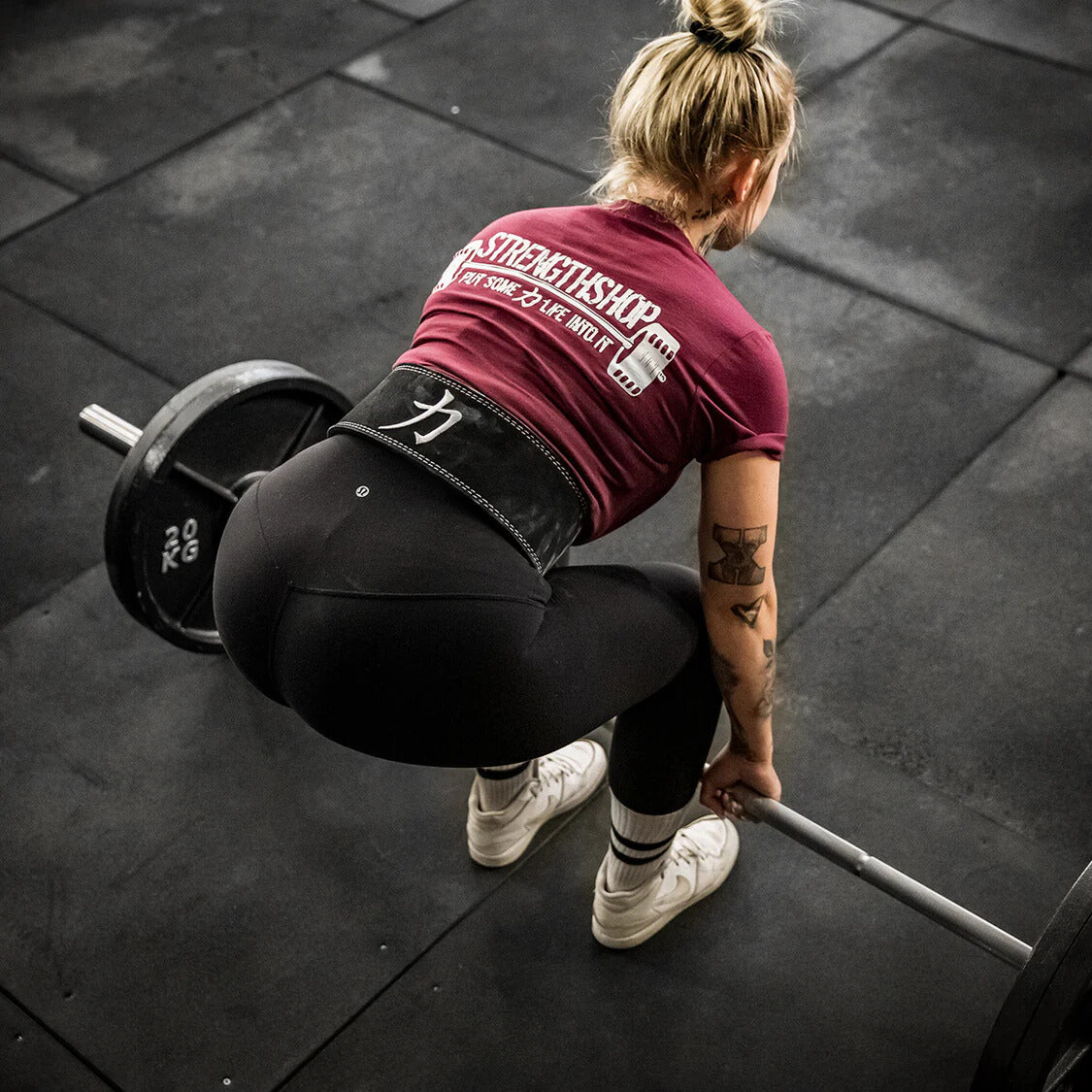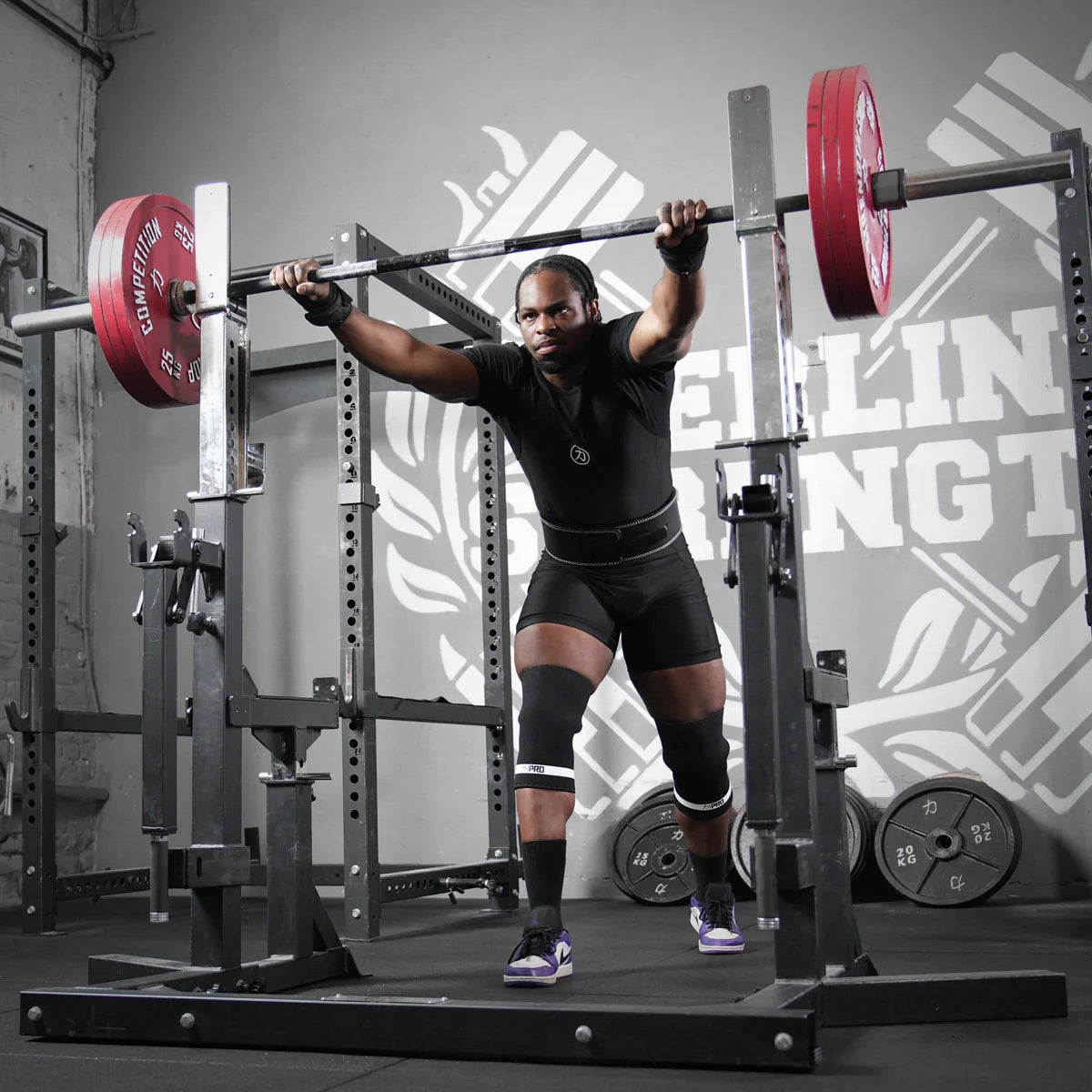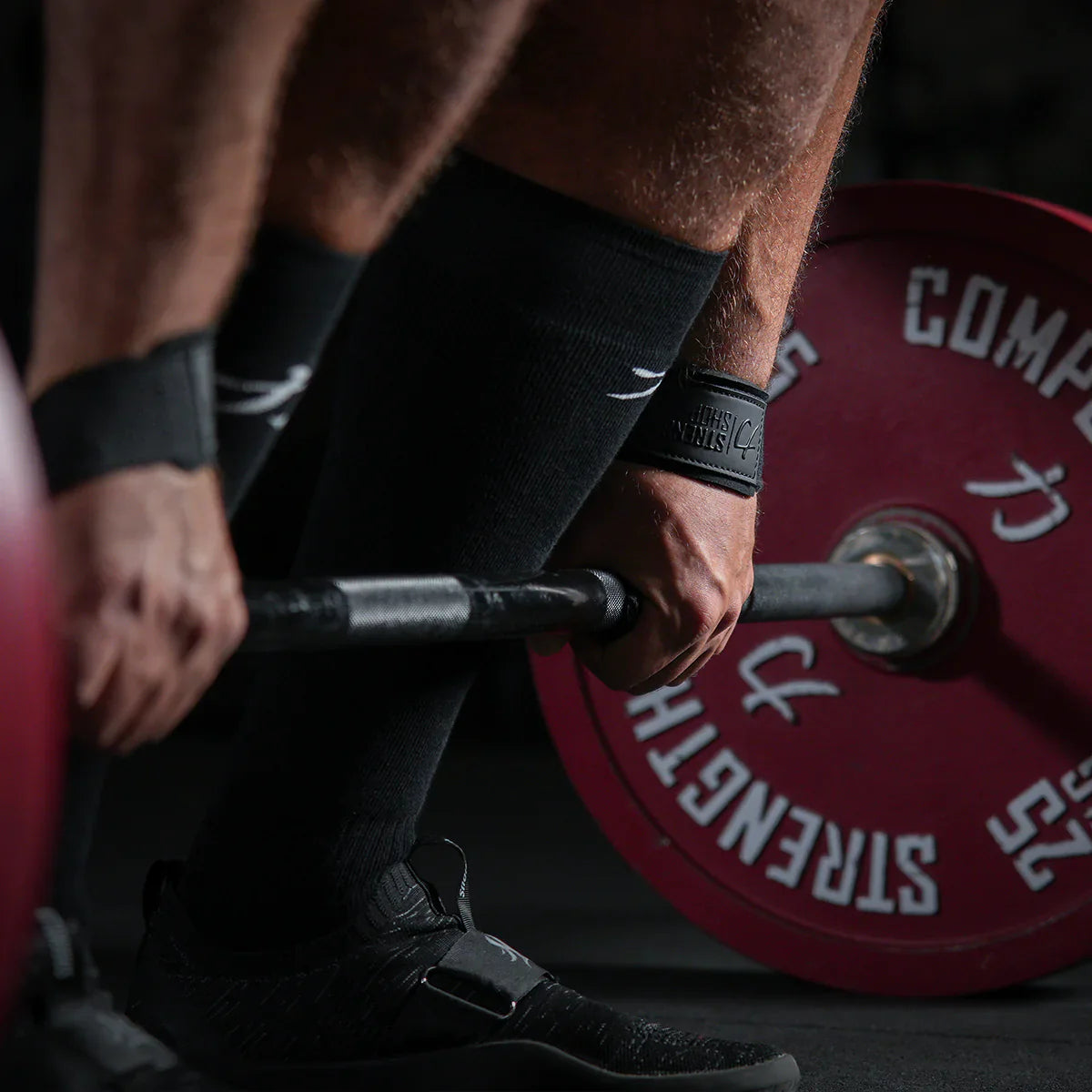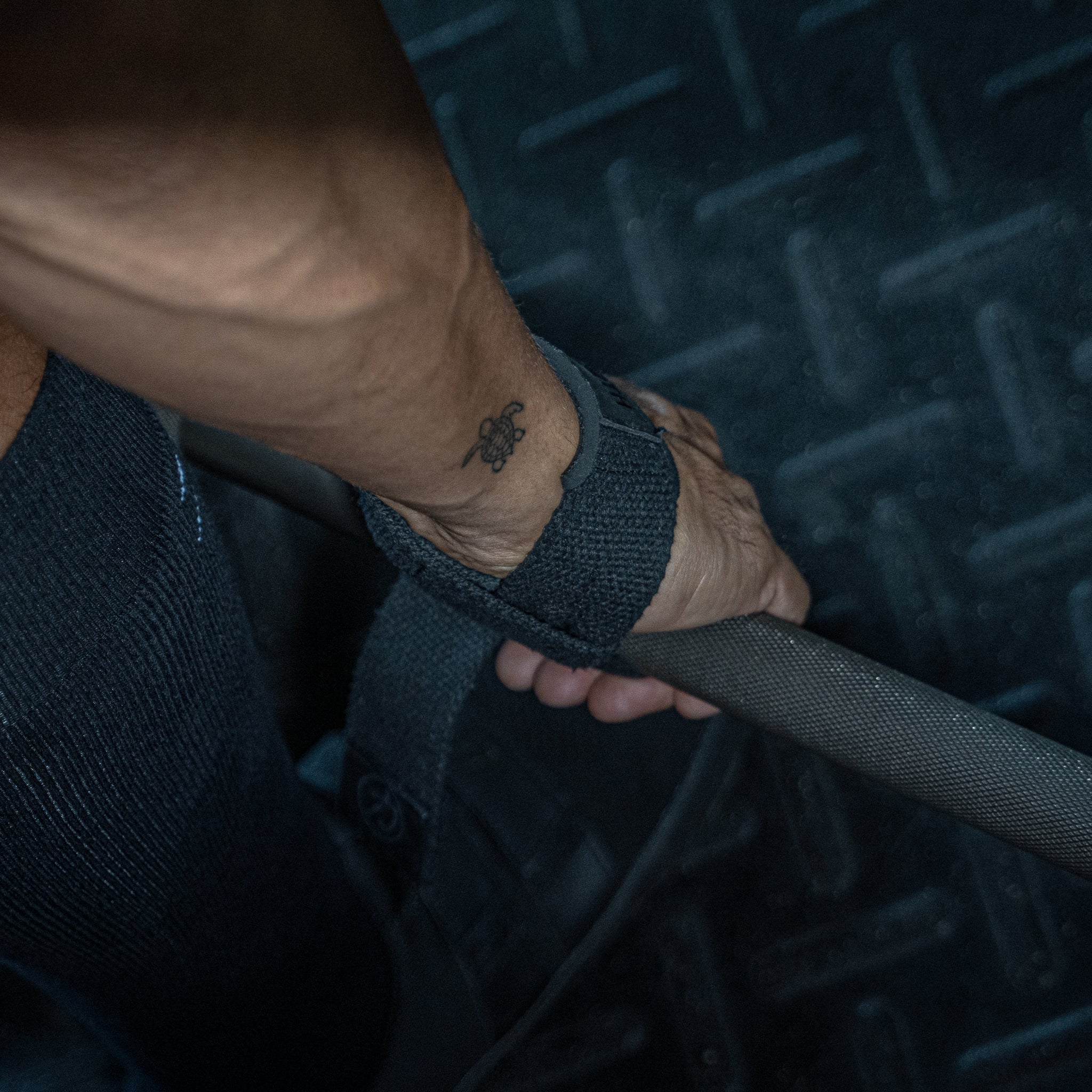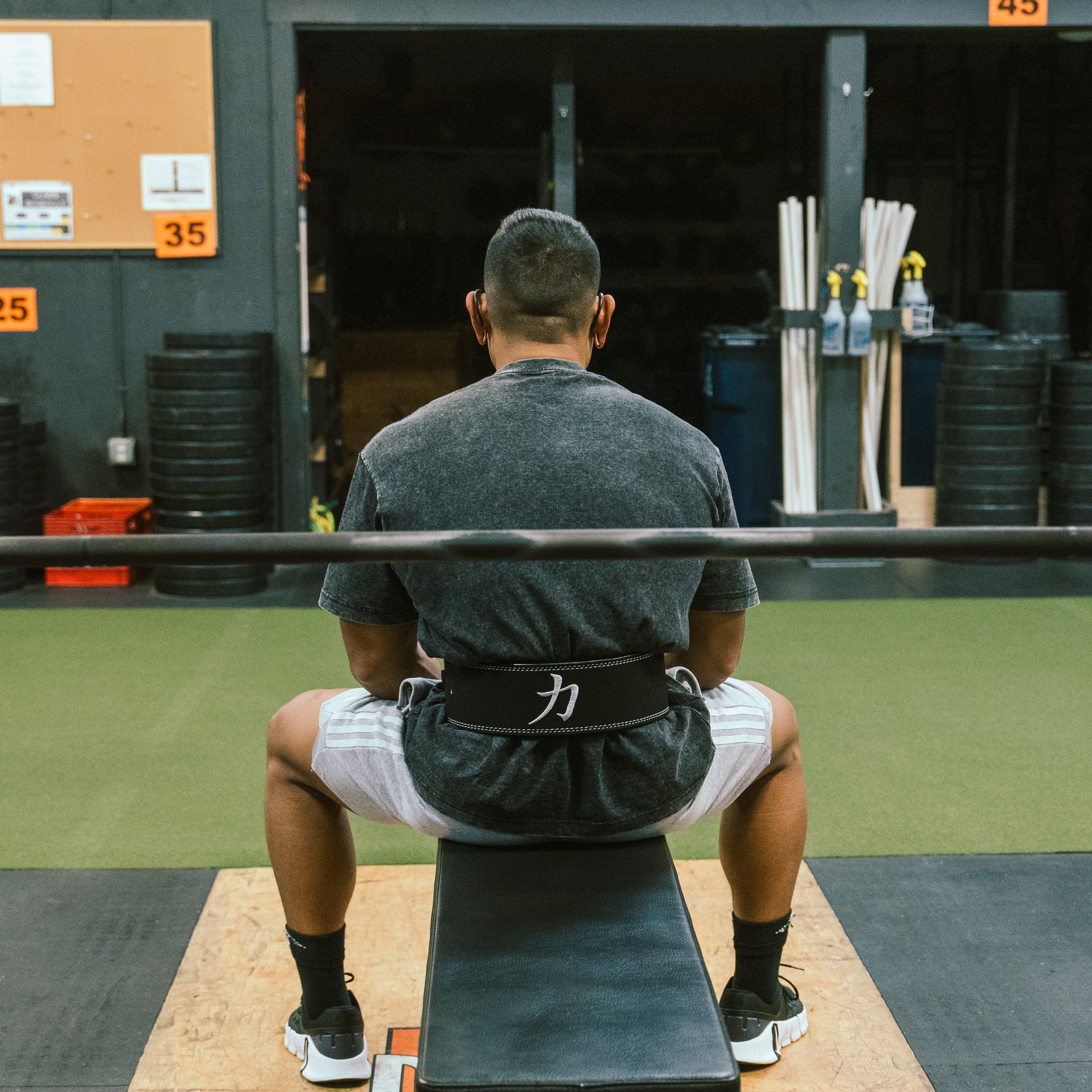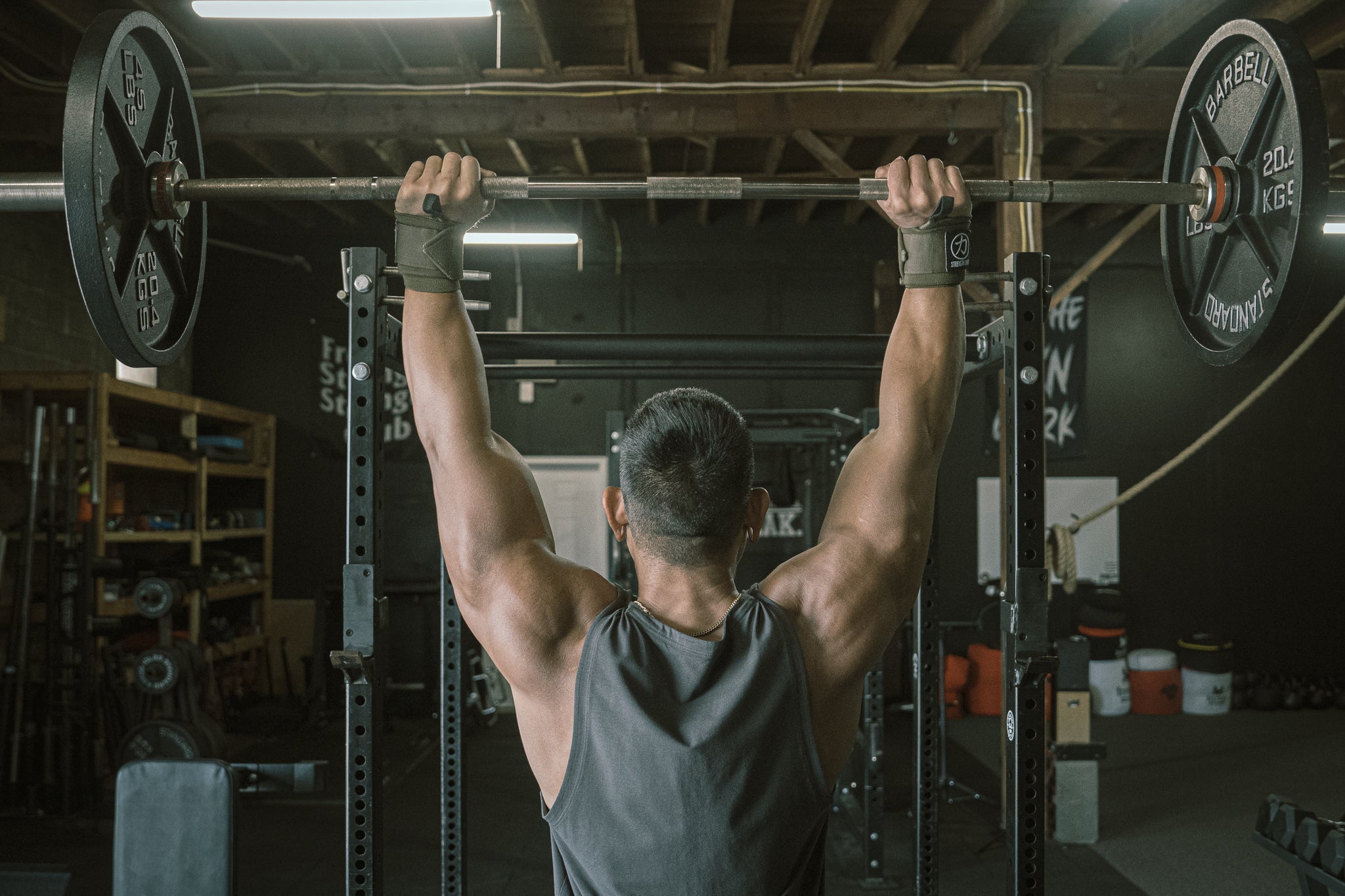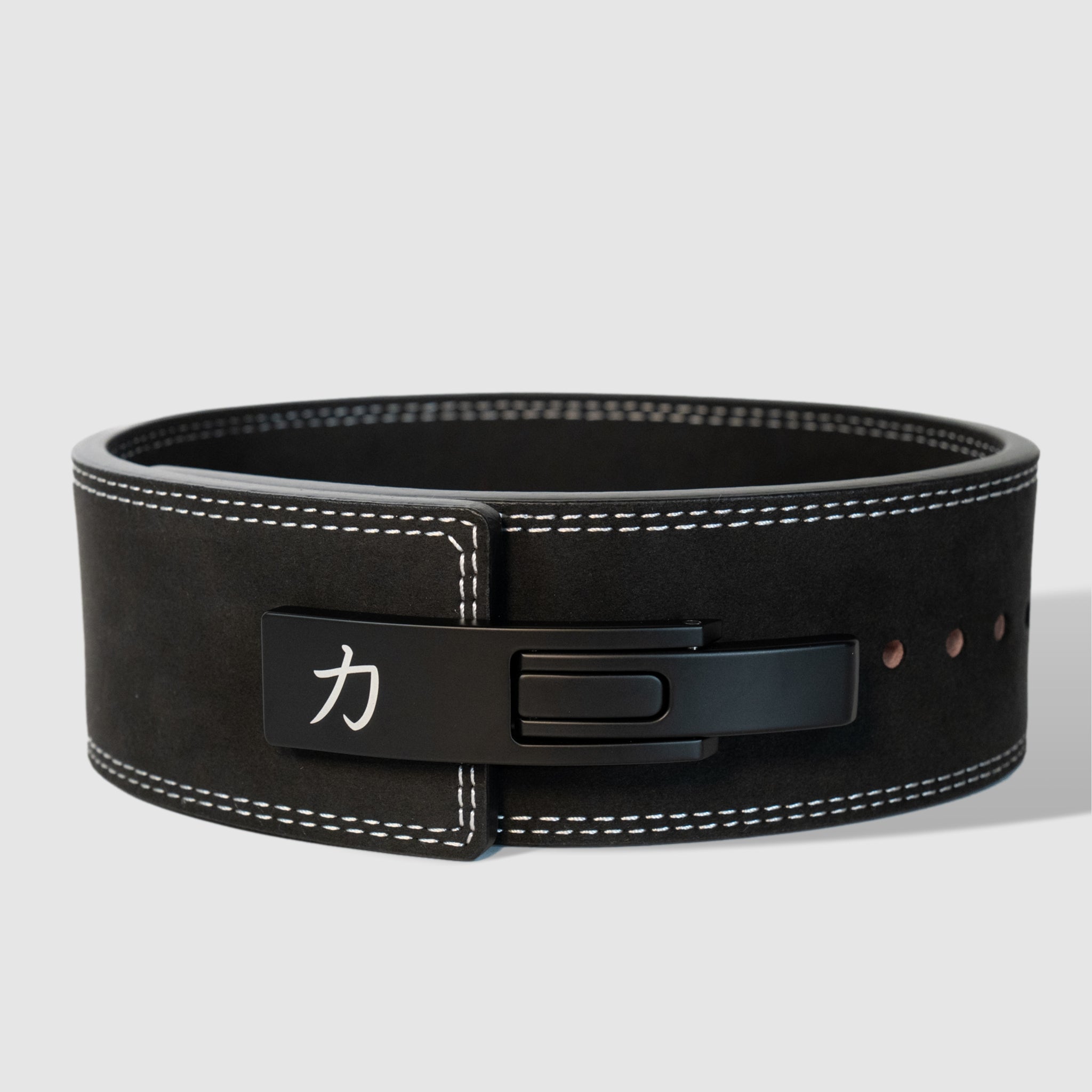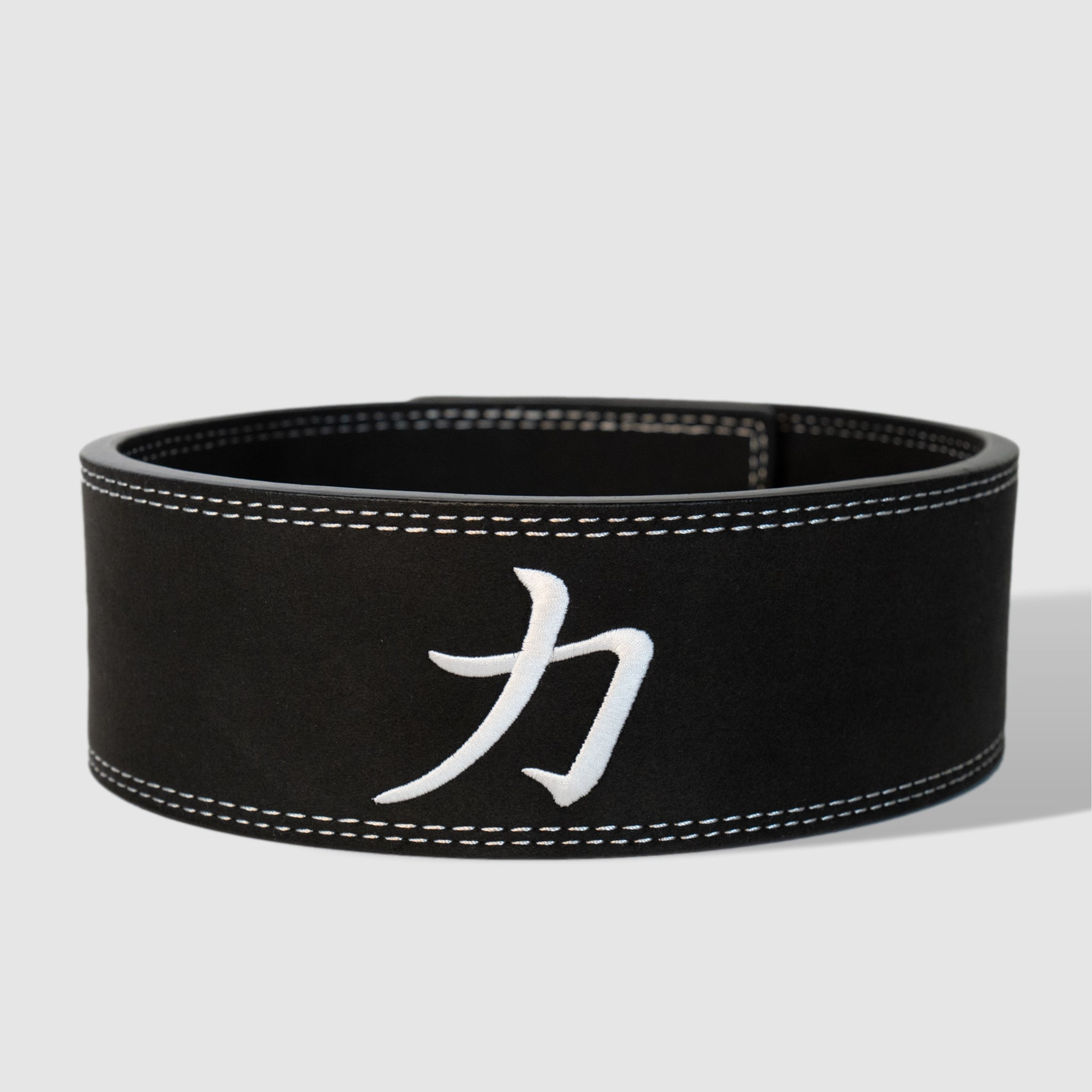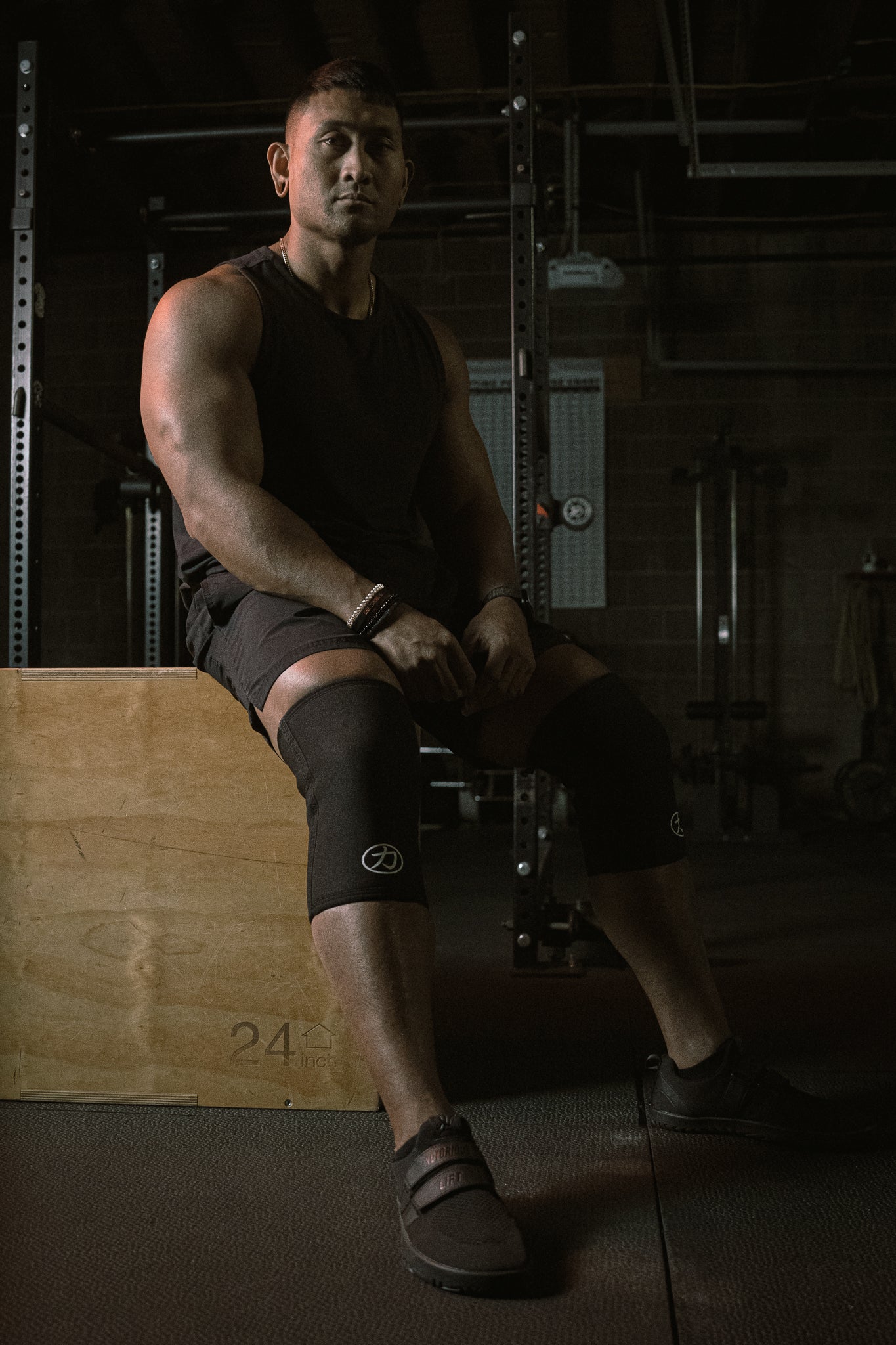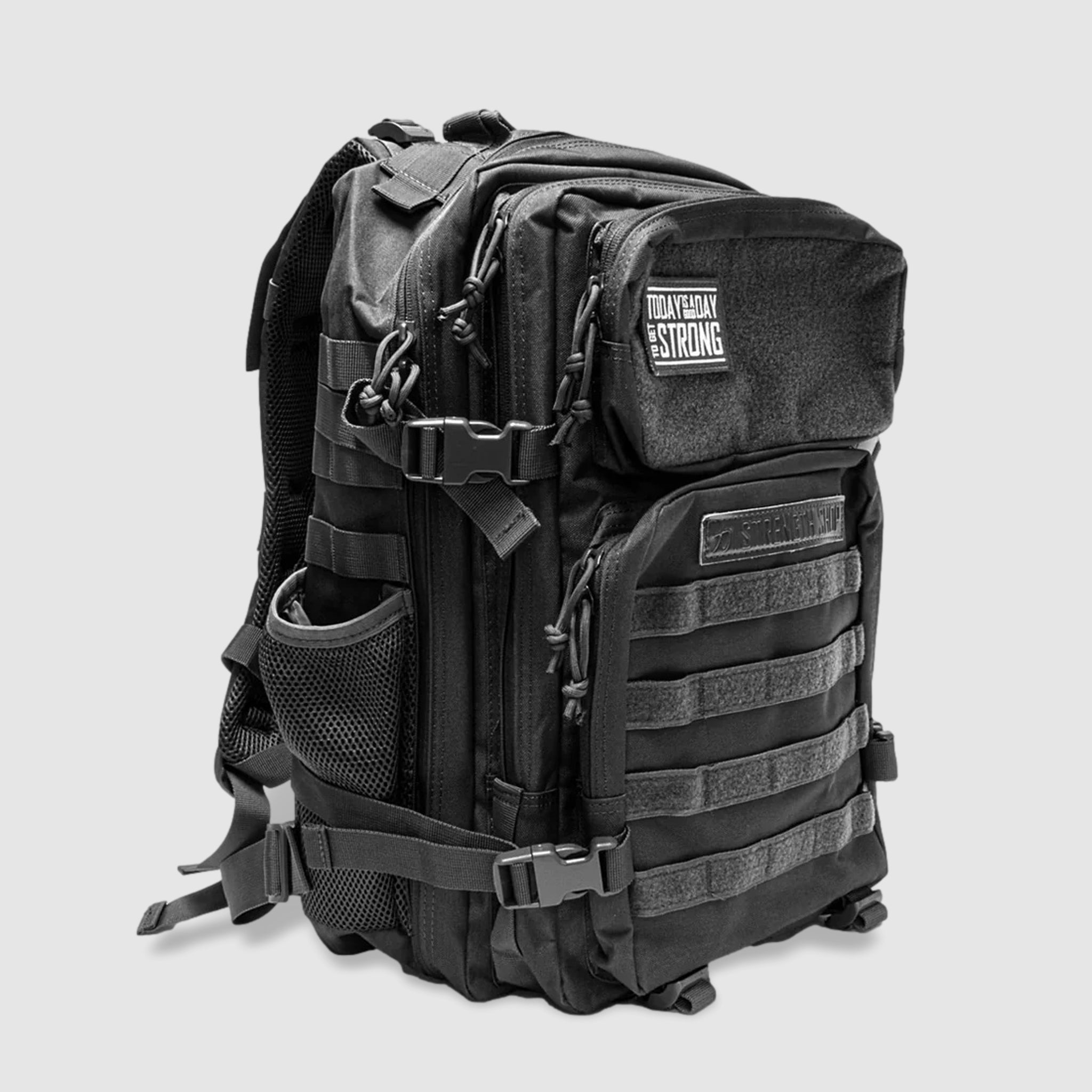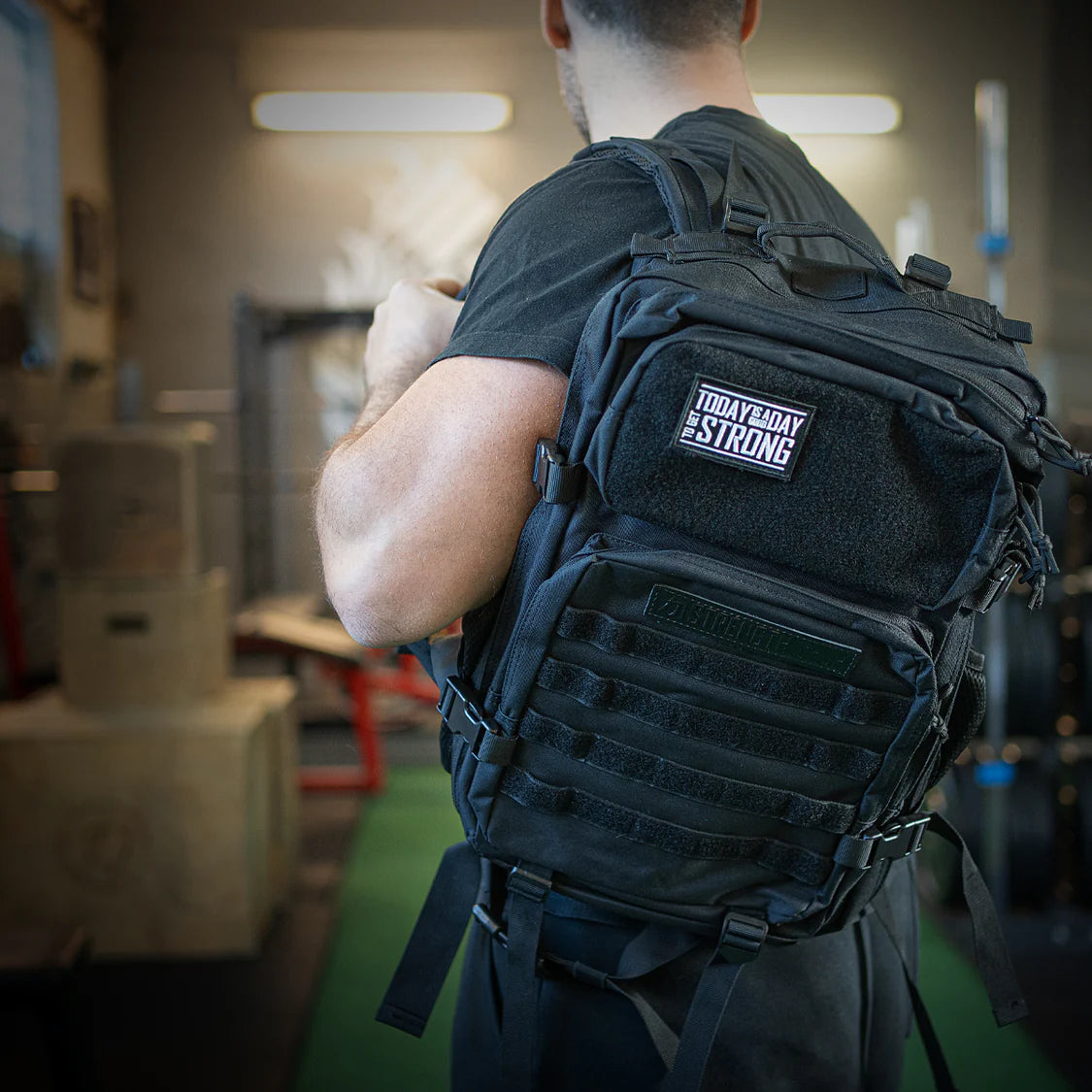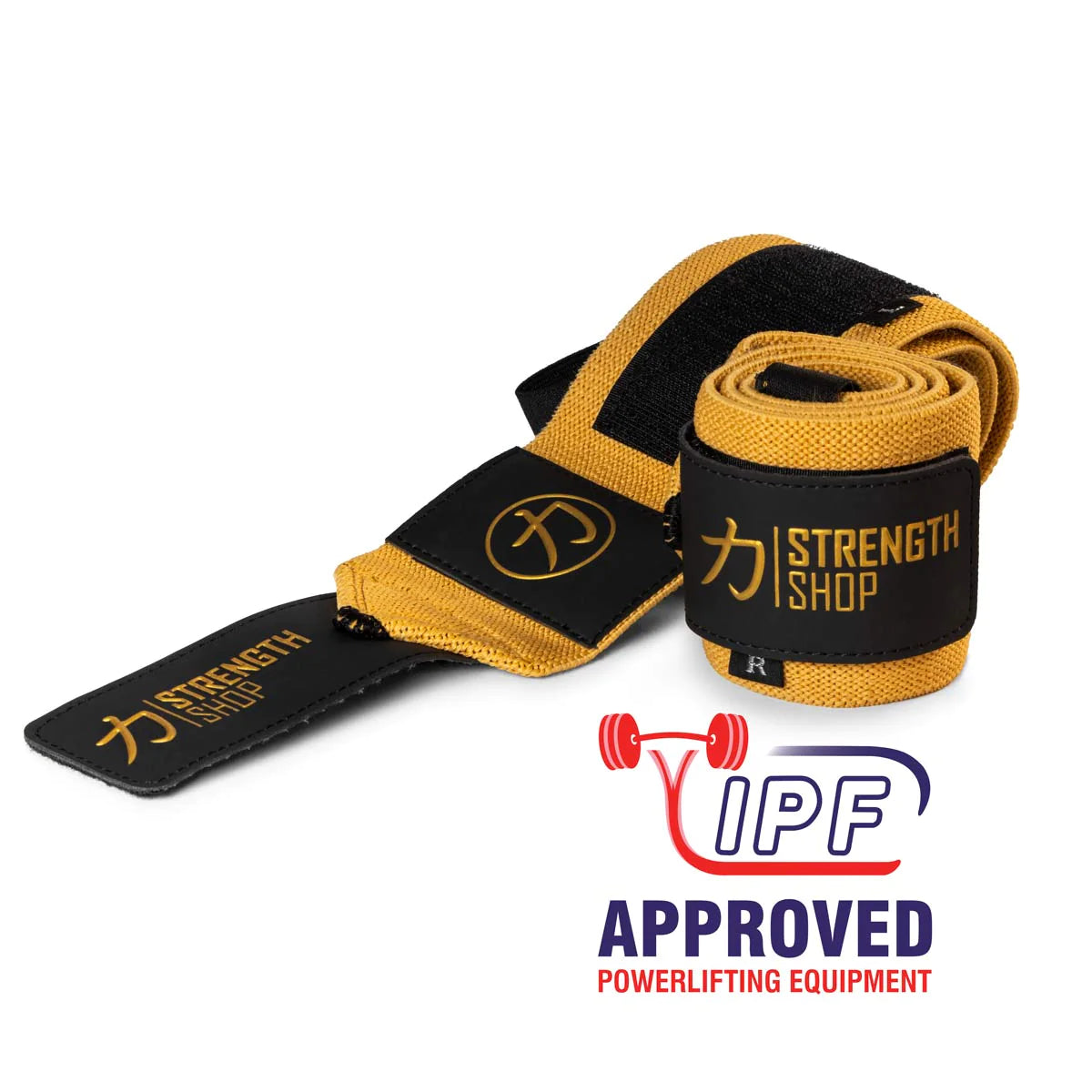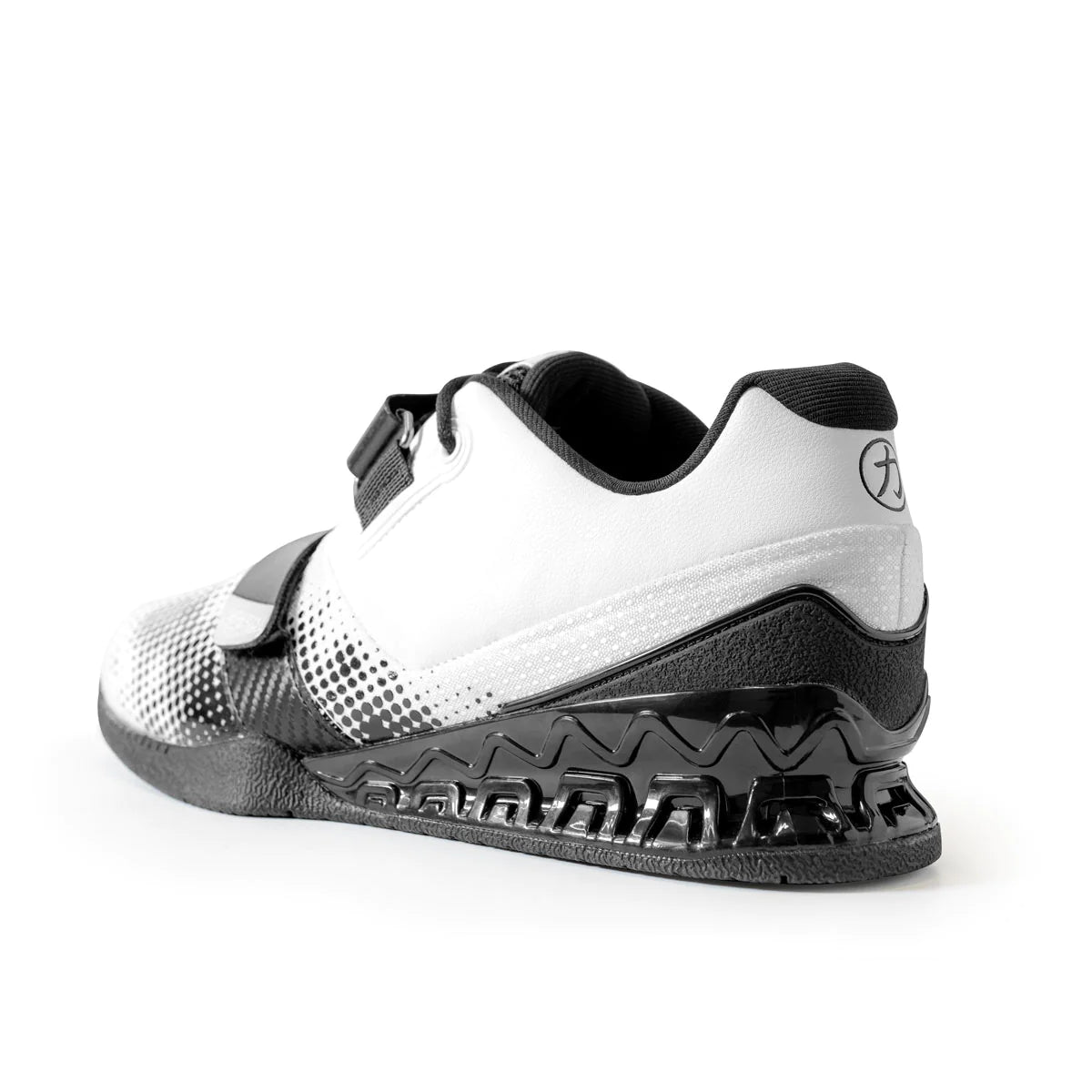Elbow sleeves can give you the support, warmth, and compression you need to push through heavy lifts with confidence. When should you wear elbow sleeves?
Whether you’re recovering from elbow pain or strength training, elbow sleeves can be a powerful tool in your lifting arsenal. As experts in manufacturing high-quality strength training equipment, we have prepared this guide for you. Let’s take a look.
What Are Elbow Sleeves?
Elbow sleeves are tight-fitting bands made from materials like neoprene or elastic fabric that slide over your elbows. They provide compression and warmth, improving your blood flow, joint stability, and muscle awareness during your lifts.
If you've ever experienced discomfort during pressing movements or wanted more elbow support for heavy training days, these sleeves can make a noticeable difference.
You might wear knee sleeves for squats or wrist wraps for pressing. Similarly, manufacturers have designed lifting elbow sleeves to protect and support your joints under heavy stress.
How Do Elbow Sleeves Work?
Elbow sleeves apply gentle compression to your elbow joint and surrounding muscles. This increases blood flow and warmth, which can:
-
Improve your joint alignment: Helps you maintain more consistent movement patterns.
-
Improve proprioception, or the awareness of your body in space.
-
Provide support: Assists with joint stability under load.
By keeping your elbows warm and supported, elbow sleeves can reduce stiffness and help you train longer with less discomfort.
5 Benefits of Elbow Sleeves for Lifting
There’s more to elbow sleeves than just compression. Here are the key ways they benefit your training.
1. Reduced Joint Stress During Heavy Lifts
Elbow sleeves offer compression that stabilizes your joint during pressing movements like bench presses and overhead lifts. By reducing unwanted lateral movement and supporting proper elbow alignment, they help decrease stress on your tendons and ligaments — allowing you to train heavier with less risk of overuse injuries.
2. Boosted Blood Circulation
By trapping heat around your elbows, sleeves help increase blood flow and loosen stiff tissues. This added warmth improves mobility and prepares your joints for movement more quickly. It’s especially helpful during cold-weather training or long warm-ups when your joints need extra help getting ready for heavy work.
3. Relief From Pain and Inflammation
If you’re dealing with tendonitis or nagging elbow discomfort, sleeves can help. The compression reduces swelling and pressure on irritated areas. This gives you some relief without restricting your movement.
You’ll find them especially helpful during high-volume training when your elbows take a beating, or when you’re easing back into lifting after a minor injury and need extra support.
4. Improved Joint Awareness
Elbow sleeves enhance proprioception — your sense of joint positioning. This increased awareness helps you maintain better control and form during fast-paced or heavy movements. Whether you’re doing push presses or dips, sleeves make it easier to stay aligned, consistent, and mindful of how your elbows move.
5. Increased Confidence During Lifts
When your elbows feel supported, your mindset shifts. Sleeves add a layer of psychological confidence that lets you focus fully on execution. Whether you’re pushing through sticking points or chasing a new PR, that added security can help you lift with more intention and less hesitation.
For even better support, you can also use wrist wraps when pressing.
How to Use Elbow Sleeves Correctly
Using elbow sleeves is simple, but getting the most out of them means knowing how and when to wear them properly.
Step 1: Choose the Right Size
Your sleeves should feel snug but not restrictive. They should slide on with effort and compress the elbow joint without cutting off your circulation. Too loose and they won’t support you; too tight and they’ll hinder your movement.
Step 2: Wear Them for Working Sets
Slip them on before your first heavy set. Take them off between sets or exercises if necessary to avoid over-reliance.
Step 3: Keep Them Clean and Dry
Sweat builds up quickly inside elbow sleeves. Wash them regularly and let them air dry to prevent odor and bacteria.
Step 4: Replace as Necessary
Over time, sleeves lose their elasticity and compression. If they start to feel loose or the fabric stretches out, it’s time to replace them.
How to Choose the Right Elbow Sleeves
Here’s what to look for when picking a pair:
Material
-
Neoprene: Offers warmth, compression, and durability. Best for heavy lifting.
-
Elastic fabric: Lightweight and breathable. Great for mild support or warm climates.
Thickness
-
5 mm: Best for general strength training or moderate support.
-
7 mm: Provides more compression and support for heavy lifting.
Fit
Make sure the sleeves are designed for lifting (not general sports use). A tapered fit with reinforced seams will stay in place and support you better during intense lifts.
When to Use Elbow Sleeves
Elbow sleeves shine in specific training situations where your joints take on more stress or you need added stability. Here's when you should reach for them.
For Pressing Movements
Bench presses, overhead presses, and push presses all place significant load on your elbow joint. Sleeves add compression and support to help reduce joint strain and keep your form sharp.
You can also use knee sleeves for lower body lifts and lifting straps for pulling exercises.
For Heavier or Max Effort Lifts
When you’re lifting 80% or more of your one-rep max, joint alignment and stability become critical. Elbow sleeves help keep everything tight and reduce the risk of irritation.
For High-Volume Upper Body Days
If you're doing multiple sets of pressing or pushing exercises, sleeves can prevent inflammation from building up across your workout. They're especially helpful during hypertrophy blocks or bodybuilding splits.
For Recovering From Elbow Pain or Irritation
For minor aches or elbow tendonitis, sleeves offer added compression and warmth to support your recovery. They won't fix the root cause, but they can help you train with less pain while you work on mobility and technique.
For Strongman or Functional Training
Many strongman-style lifts involve awkward grip and pressing angles that can strain the elbows. Sleeves give you more joint awareness and protection when form is harder to control.
As part of your strongman gear, elbow sleeves work like other important equipment, like lifting belts and knee sleeves, to keep you stable and protected during heavy lifts.
When Not to Use Elbow Sleeves
Elbow sleeves are great tools — but you shouldn't wear them all the time. Here’s when to skip them.
For Warm-Ups or Light Sets
Let your joints move freely and naturally during low-load sets. This helps you build resilience and train your stabilizing muscles. Save the sleeves for the working sets.
For Mobility or Technique Work
If you're working on improving your range of motion or practicing strict technique, sleeves may mask imbalances. Go without them sometimes so you can feel your natural movement patterns.
If They're Masking an Injury
If you’re using sleeves just to push through pain or cover up a chronic injury, it's time to reevaluate. Elbow sleeves can support you during recovery, but they aren't a substitute for rest, mobility work, or professional treatment.
Frequently Asked Questions
What do elbow sleeves do for lifting?
Elbow sleeves provide joint support, increase blood flow, and reduce discomfort during heavy or high-volume lifting sessions. They help protect your elbows and improve performance.
Are elbow sleeves good for pain relief?
Yes, elbow sleeves help reduce inflammation and offer light compression that can ease pain from overuse or minor tendon irritation.
When should I wear elbow sleeves?
Use them during pressing movements, heavy upper-body training, or when you’re managing elbow discomfort. Avoid wearing them during light warm-ups or mobility work.
Do elbow sleeves improve lifting performance?
They can. By supporting your joints and reducing pain or inflammation, elbow sleeves help you train harder and more consistently — especially under heavier loads.
Can beginners use elbow sleeves?
Yes, but they should also focus on building raw strength and technique. Use sleeves when needed, but don’t rely on them too early or too often.
How tight should elbow sleeves be?
They should feel snug and supportive without cutting off your circulation. You should be able to bend your arm fully and maintain your comfort throughout your workout.
What lifts benefit most from elbow sleeves?
Bench press, overhead press, dips, and push press benefit the most. Any lift where your elbows take the load can feel more stable and comfortable with sleeves.
Do elbow sleeves help prevent injuries?
Yes, they can reduce the risk of overuse injuries by supporting your elbow joint and improving your blood flow. They’re a great tool for joint care when you use them alongside proper programming and mobility work.

